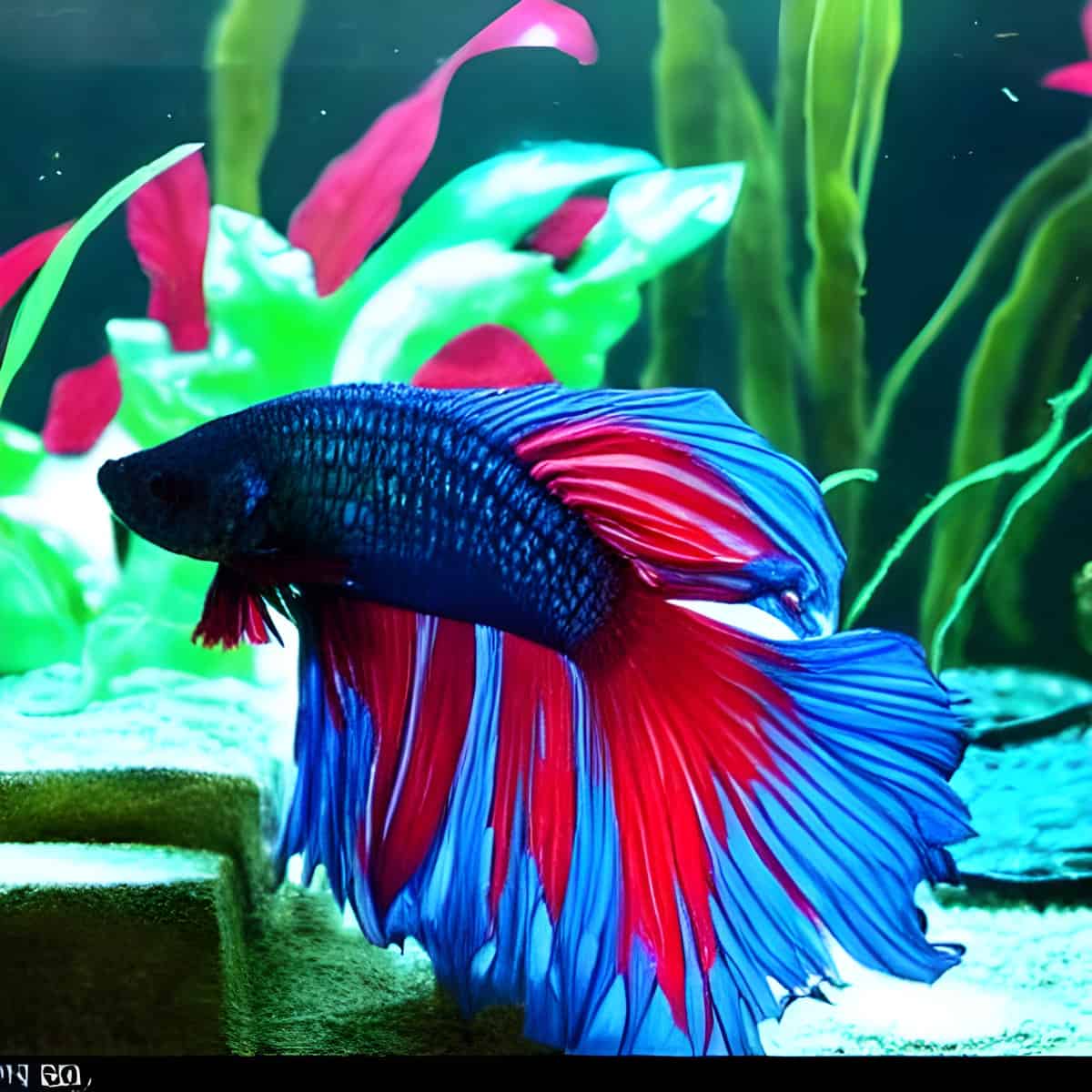Are Betta Fish Asexual
Betta fish are often admired for their vibrant colors, flowing fins, and captivating personalities. However, there is a topic that often stirs up controversy among betta fish enthusiasts: Are Betta Fish Asexual? Their reproductive capabilities. Some may wonder if betta fish are asexual, as female bettas can lay eggs without a male mate. But the truth is, the breeding process requires both a pregnant female and a male betta to fertilize and care for the eggs.
In this article, we will delve into the intricacies of betta fish reproduction and explore the question of whether they are asexual. We will examine the external fertilization process, signs of pregnancy, and tips for breeding betta fish. Additionally, we will discuss the potential for aggression during mating and provide precautions to ensure the safety of your fish. So, let’s dive into the world of betta fish reproduction and uncover the truth behind their reproductive capabilities.








